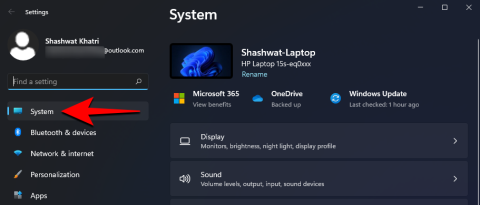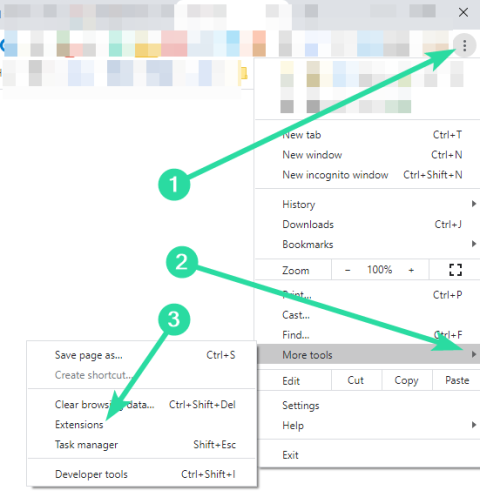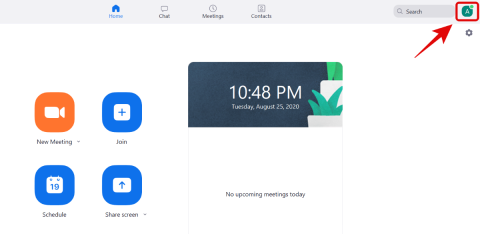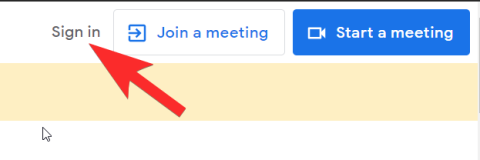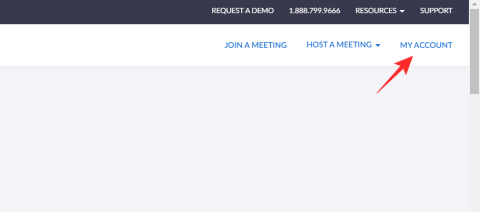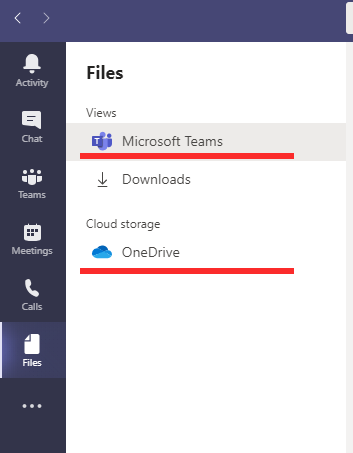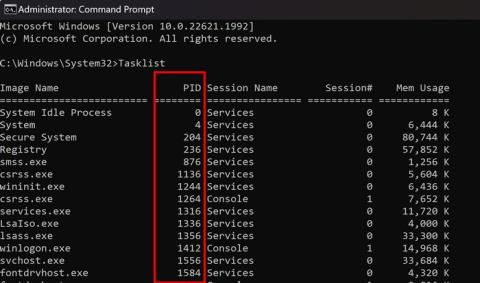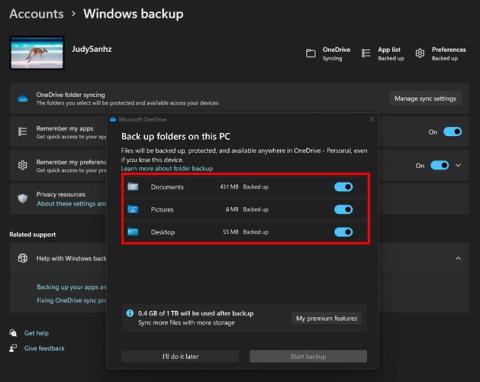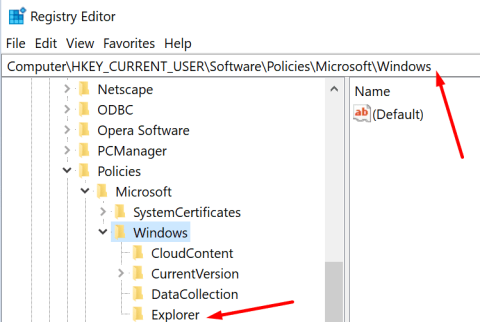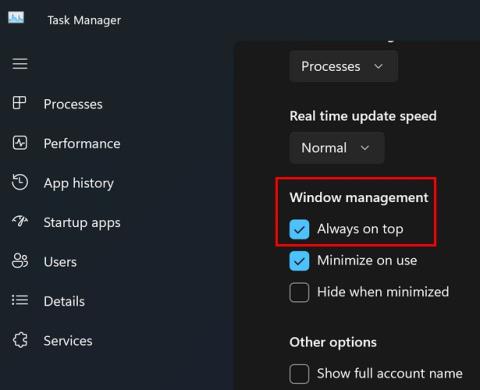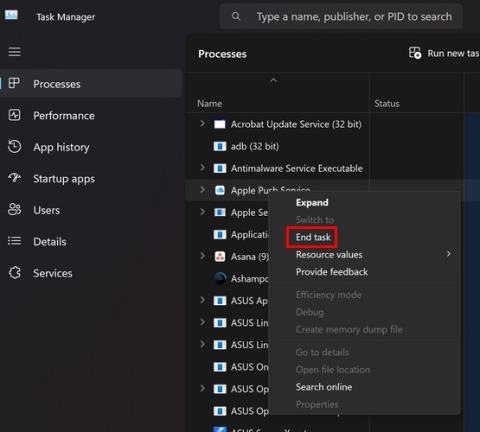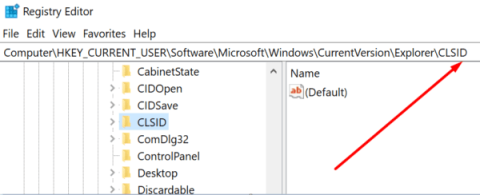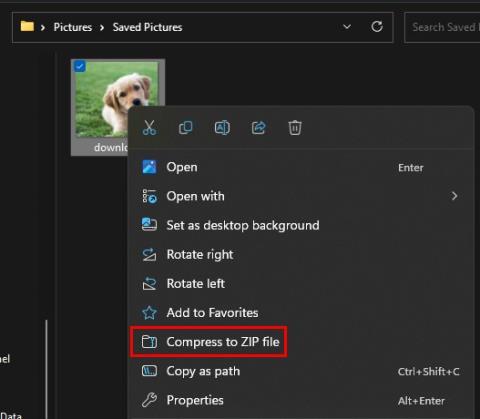O apagado automático de Windows foi unha función ideal desde os primeiros días de Windows 8. A necesidade desta función xurdiu primeiro cos usuarios empresariais e, posteriormente, cos usuarios de tabletas que estaban a executar Windows 8. Desde entón houbo algunhas formas de desactivar Windows. nun temporizador e mesmo algunhas utilidades de terceiros. Se queres usar o temporizador de apagado en Windows 11, aquí tes todo o que necesitas saber sobre el.
Contidos
Podes apagar automaticamente Windows 11?
Si, pode apagar automaticamente Windows 11 cun temporizador mediante comandos CMD ou mediante unha tarefa programada. Se decides usar os comandos, é máis un procedemento único que podes repetir no futuro se necesitas apagar temporizadores.
Non obstante, se estás buscando apagar o teu sistema regularmente nunha programación, entón o método do programador de tarefas é o perfecto para ti. Use calquera dos seguintes métodos dependendo das súas necesidades e requisitos actuais.
Use calquera dos seguintes métodos dependendo das súas necesidades e requisitos actuais. Os temporizadores de instancia única pódense usar cando o necesites só unha ou dúas veces. Pódese usar o método de rutina programada se queres programar horarios de apagado regularmente da túa máquina. Imos comezar!
Relacionado: Como obter o menú do botón dereito do rato completo en Windows 11
Como usar o temporizador de apagado de Windows 11 para unha única instancia
Se estás buscando apagar o teu sistema nun temporizador de apagado para unha única instancia, utiliza calquera dos métodos seguintes.
Método #1: Usando Run
Preme Windows + Rno teu teclado para iniciar o cadro de diálogo Executar. Escriba o seguinte comando e prema Intro no seu teclado. Substitúe NNNN polo tempo de apagado desexado en segundos.
shutdown -s -t NNNN
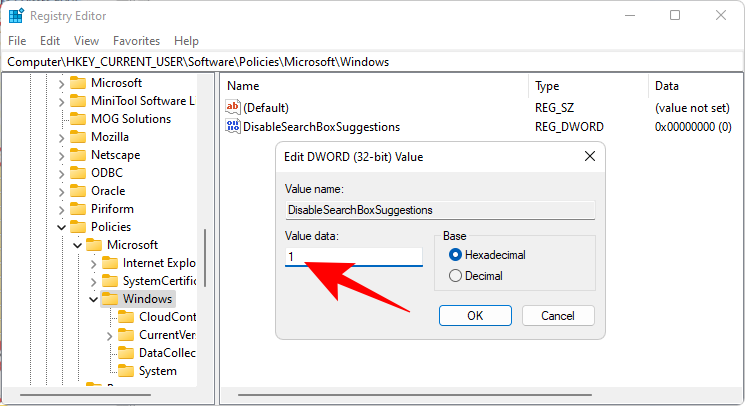
O seu PC agora agardará o tempo indicado antes de apagarse automaticamente.
Método #2: Usando CMD
Tamén pode executar os mesmos comandos mostrados arriba nunha xanela CMD. Use a guía a continuación para comezar.
Preme Windows + R, escribe o seguinte e preme Ctrl + Shift + Enterno teu teclado.
cmd
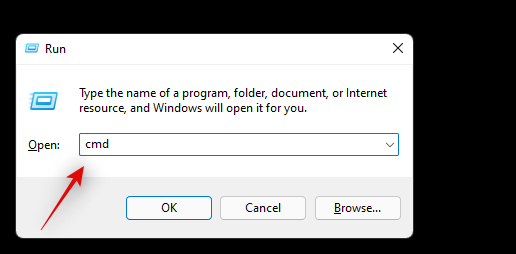
Introduza o seguinte comando e substitúa NNNN polo tempo desexado en segundos.
shutdown -s -t NNNN
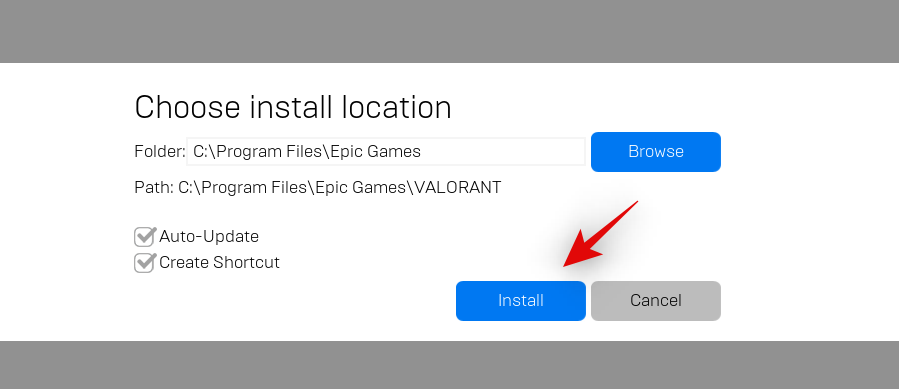
Unha vez executado, o seu sistema apagarase automaticamente despois de que remate o tempo especificado.
Relacionado: a actualización de Windows 11 non se mostra: corrixir
Método #3: Usando un atallo personalizado
Outra forma de usar os temporizadores de apagado en Windows 11 é creando un atallo no escritorio. Este atallo pódese colocar onde queiras e podes facer dobre clic nel para activar o temporizador de apagado. Use a guía a continuación para comezar.
Fai clic co botón dereito nunha área baleira do teu escritorio, selecciona Novo > Atallo.
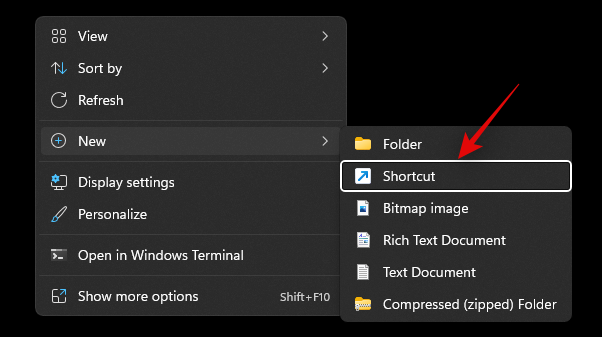
Pega o seguinte camiño cando se lle solicite.
C:\Windows\System32\Shutdown.exe

Fai clic en "Seguinte" unha vez que remates.
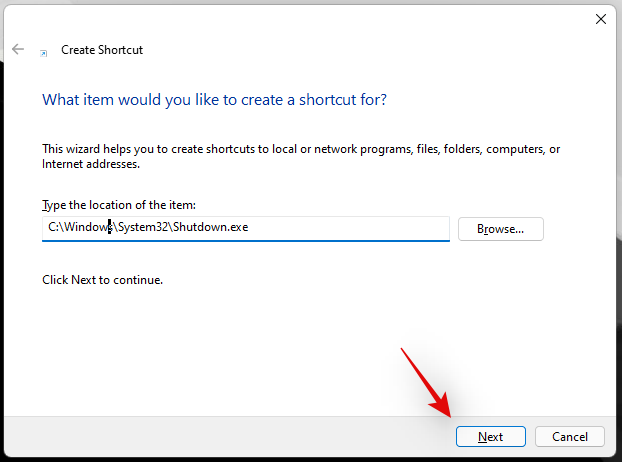
Escribe un nome para o teu novo atallo e fai clic en "Finalizar".
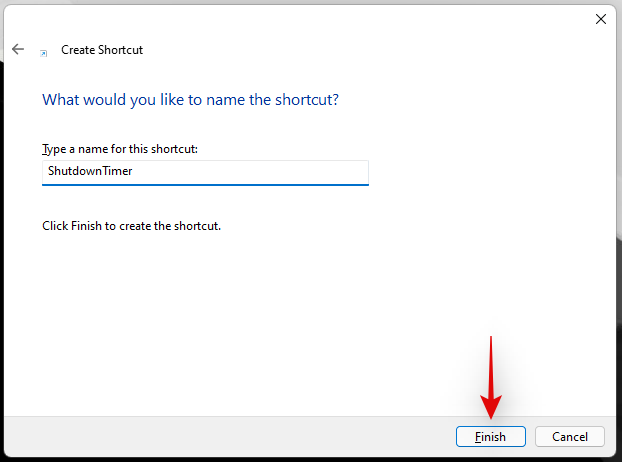
Seleccione a súa nova icona no seu escritorio e prema Alt + Enterno seu teclado.

Copia e pega o seguinte código no campo "Destino" despois do camiño especificado. Substitúe NNNN polo tempo desexado en segundos despois do cal queres que o teu PC se apague.
-s -t 3600 -c "Process completed"
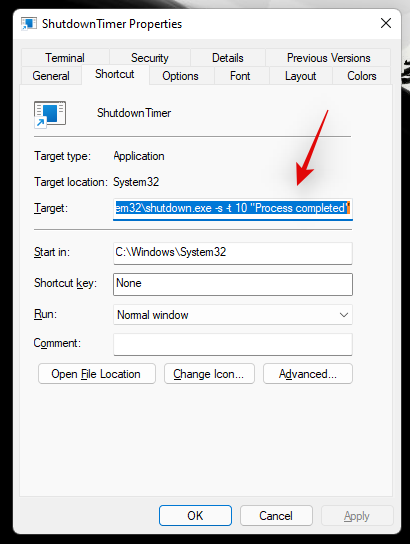
Todo o seu camiño "Destino" debería ler o seguinte.
C:\Windows\System32\shutdown.exe -s -t 3600 -c "Process completed"
Unha vez que remates, fai clic en "Aceptar".
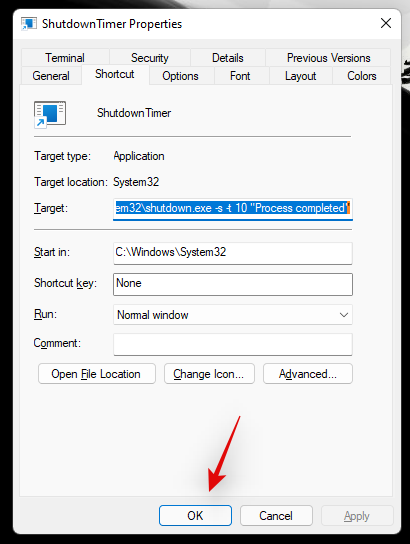
E xa está! Este atallo agora activará un apagado automático despois do tempo especificado cada vez que faga dobre clic nel.
Consello: podes cambiar a icona do teu novo atallo e usar unha icona de acendido como se mostra a continuación para facelo máis relevante.

Agora podes facer dobre clic na icona do teu escritorio sempre que queiras apagar o teu PC usando un temporizador de apagado.
Relacionado: Como desactivar as actualizacións en Windows 11
Método #4: Usando un ficheiro de script .bat
Tamén pode usar o script .bat ligado a continuación para apagar automaticamente o seu PC despois dunha hora de executalo. Tamén pode editar o seu tempo segundo as súas necesidades, para aumentar ou diminuír o temporizador de apagado. Ten en conta que necesitarás o tempo en segundos e, por iso, recomendamos usar Google Converter no caso de que teñas problemas ao converter o tempo en segundos. Use a seguinte ligazón para descargar o script .bat.
- ShutdownTimerWindows11.bat | Link de descarga
Edita a hora
Fai clic co botón dereito no ficheiro descargado e selecciona "Mostrar máis opcións".
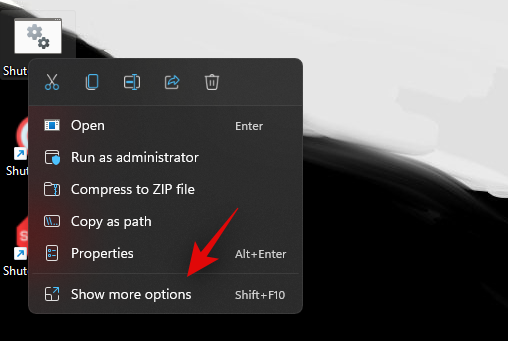
Agora fai clic en "Editar".
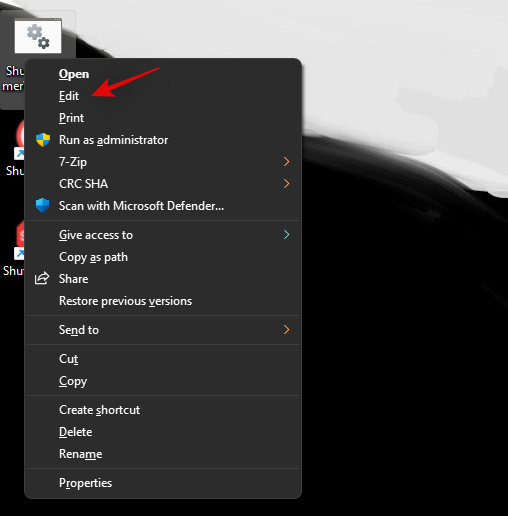
Unha vez que o ficheiro estea aberto no bloc de notas da túa pantalla, busca "3600" e substitúeo polo tempo desexado en segundos.

Preme Ctrl + Sno teu teclado para gardar os cambios.
Pecha o ficheiro e execútao de novo. Agora o PC apagarase automaticamente despois do tempo establecido.
How to schedule Windows 11 shutdown with a timer
You can also turn off your PC at a scheduled routine depending on your needs. This routine can cycle every day, every week, or even every month depending on your preferences. We will be using Windows ‘Task Scheduler’ to achieve this. Follow the guide below to get you started.
Launch the Start menu, search for the ‘Task Scheduler’ and launch the same from your search results.
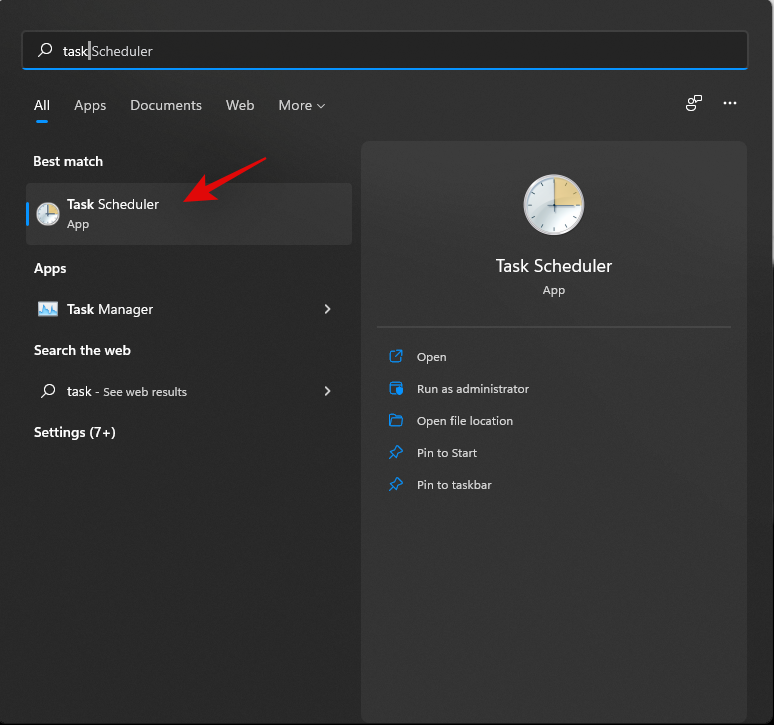
Click on ‘Create Basic Task’ on your right.
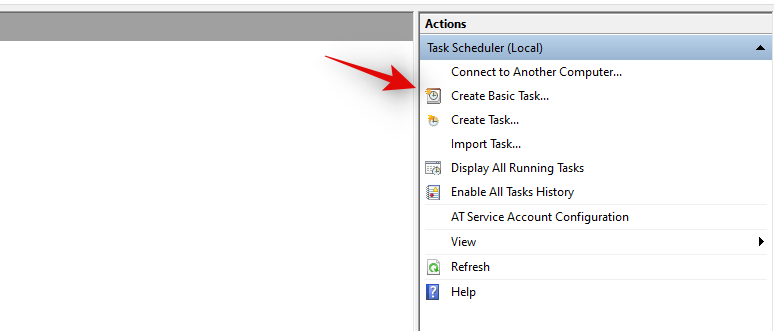
Enter a relevant name for your new shutdown task. Click on ‘Next’ once you are done.
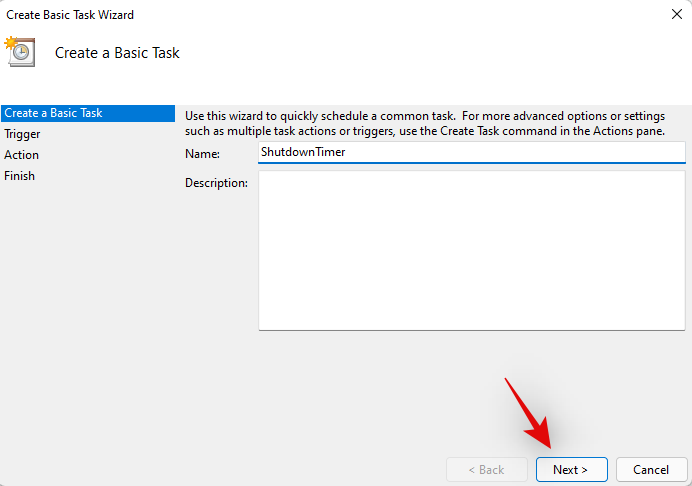
Select whether you wish for the task to happen daily, weekly, or monthly.
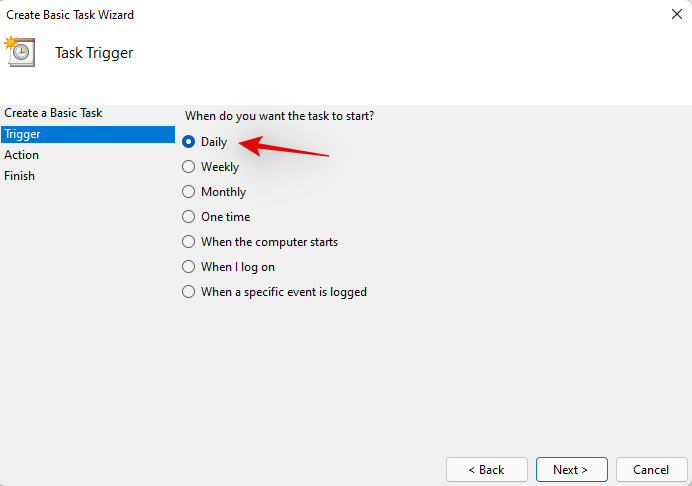
Click on ‘Next’.
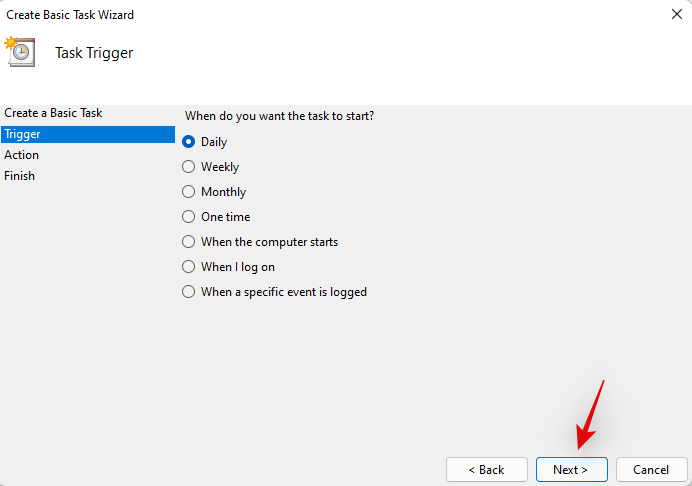
Depending on your choice enter the desired time to shut down your PC. I have chosen to shut down my PC at 10 PM every day as shown below.

Click on ‘Next’ once you are done.

Now click and select ‘Start a program’. Select ‘Next’, once done.
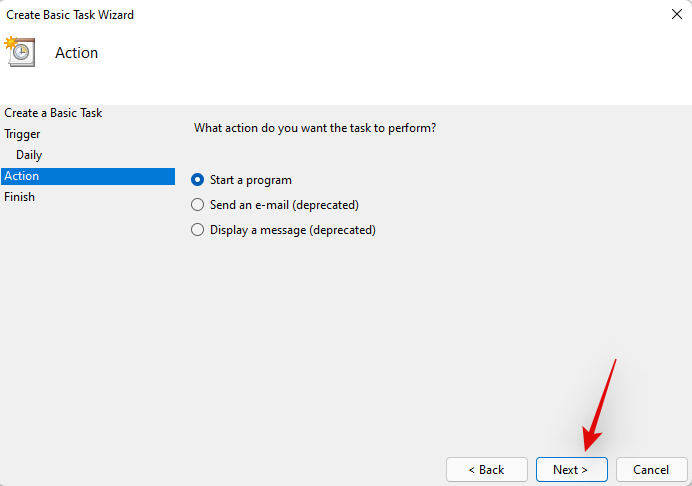
Enter the following path in the ‘Program/Script’ field and click on ‘Next’.
C:\Windows\System32\Shutdown.exe
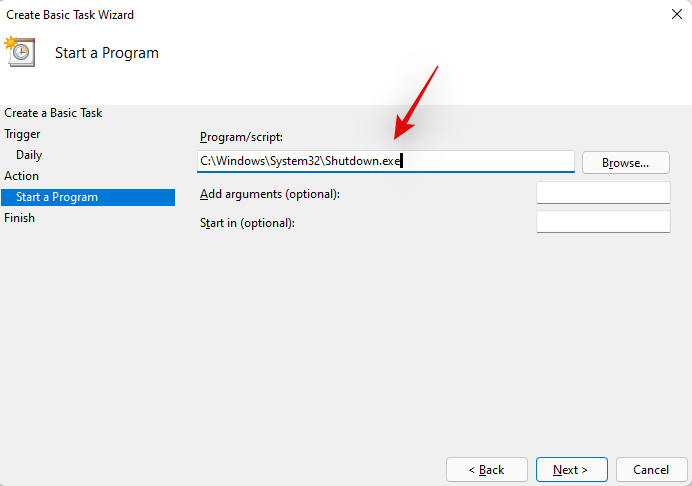
Finally, click on ‘Finish’.
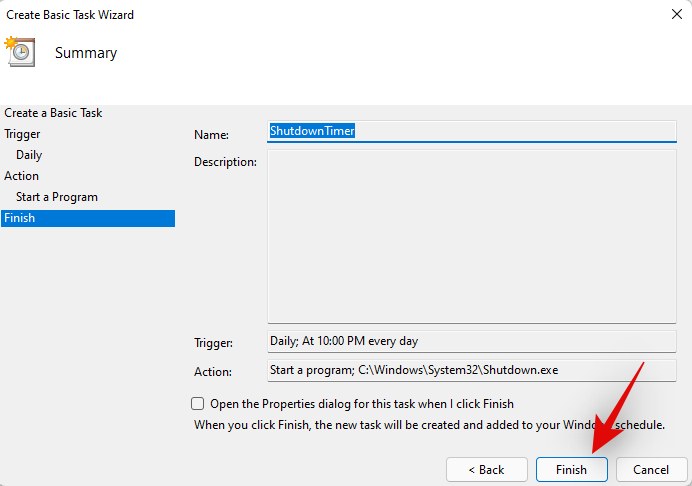
And that’s it! Your PC will now automatically shut down at the desired times selected by you.
Bonus tip: Windows 11 shutdown shortcut
Well, here is a convenient way to shut down your Windows 11 PC. Just press Windows key + X, then u, and then u again. In short, that’s Win+x,u,u. It takes less than a few seconds to power off Windows 11 using this shortcut. Do give it a try.
Best Windows 11 shutdown timer software: The third-party alternatives
You can also use various third-party apps to automatically shut down your PC after the desired time or on a regularly set schedule. The choice is completely up to you and most of these apps are available for free. Some are even open source and hosted on Github as well. Find one that best suits your current needs and download it to your PC using the link below.
How to stop a shutdown timer on Windows 11
Triggering a mistimed shutdown timer can be daunting as your PC will now shut down earlier than you might have anticipated. Use the methods below to stop a shutdown timer on your PC.
Method #01: The easiest way
Press Windows + R on your keyboard and type in the following.
shutdown -a
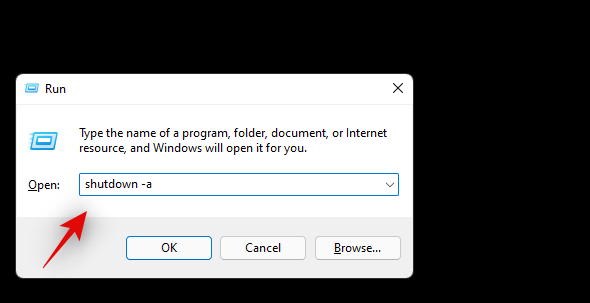
Press Enter or click on ‘Ok’ once you are done.
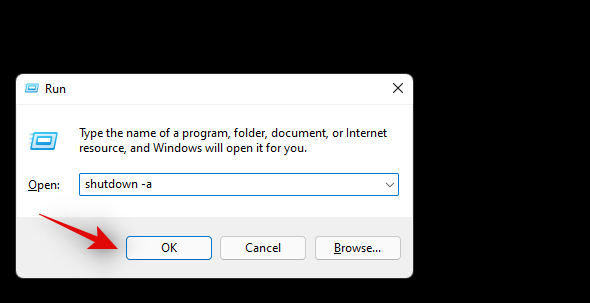
The scheduled shutdown timer will now be stopped on your PC.
Method #02: The most convenient way
We recommend you simply create and keep a desktop shortcut that can help you stop an automatic shutdown on your PC. This can come in handy during your mistimed shutdown timers or forced Windows automatic updates in the future. Use the guide below to get you started.
Right-click on your desktop, select New and then select ‘Shortcut’.
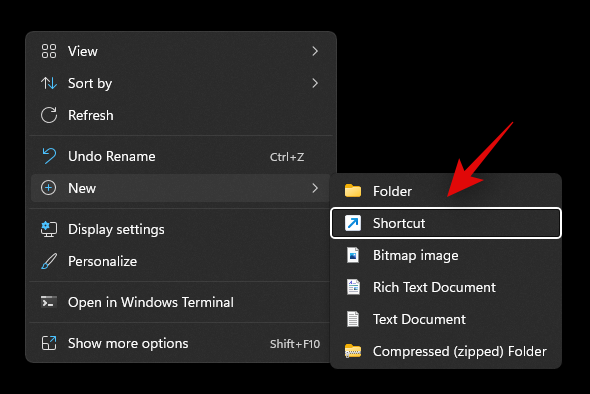
Enter the following path as the location of the item and click on ‘Next’.
C:\Windows\System32\Shutdown.exe
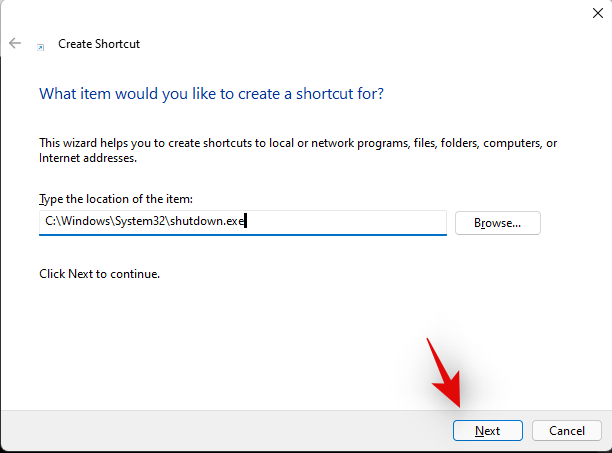
Enter a relevant name for your new shortcut and click on ‘Finish’ once done.
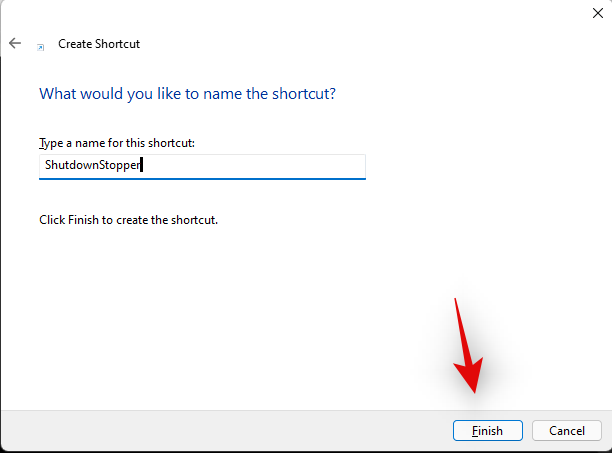
Select the shortcut from your desktop and hit Alt + Enter on your keyboard.
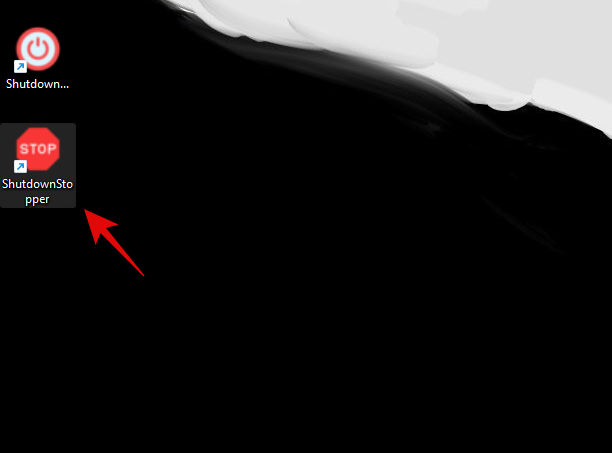
Add the following at the end of the text in your Target field.
-shutdown a "Process completed"
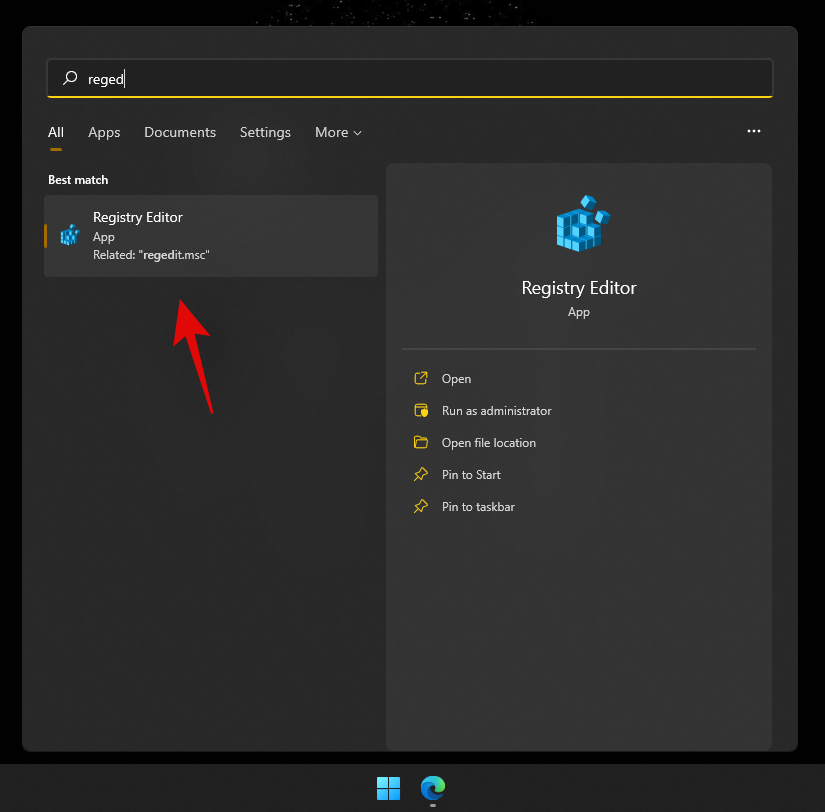
Click on ‘OK’ to save your changes.

And that’s it! You can now use this shortcut to stop shutdown timers on your Windows 11 system.
Can I add more tasks with the shutdown timer?
Yes, you can use the Task Scheduler to trigger additional tasks when your PC is shutting down automatically in the background. You can set up your task to run additional scripts or programs that help you perform important functions like saving your work, uploading your work, recording last-minute entries, clearing cache in the background, and more. The possibilities are endless. You can use the guide below to get you started.
How to add more tasks to the shutdown timer
Here’s how you can trigger additional tasks in Windows with your automatic shutdowns. We will be triggering a launch for notepad for this example but you can trigger virtually any script, file, program, or content on your system.
Open the Start menu, search for Task Scheduler, and click and launch the same from your search results.

Click on ‘Task Scheduler Library’ on your left and find the task you created for automatic shutdowns on your right.
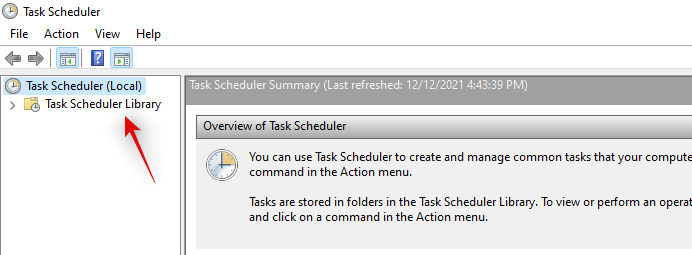
Once found, double click on it.
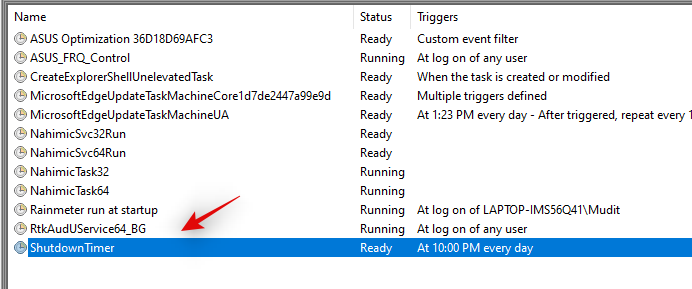
Switch to the ‘Actions’ tab at the top.
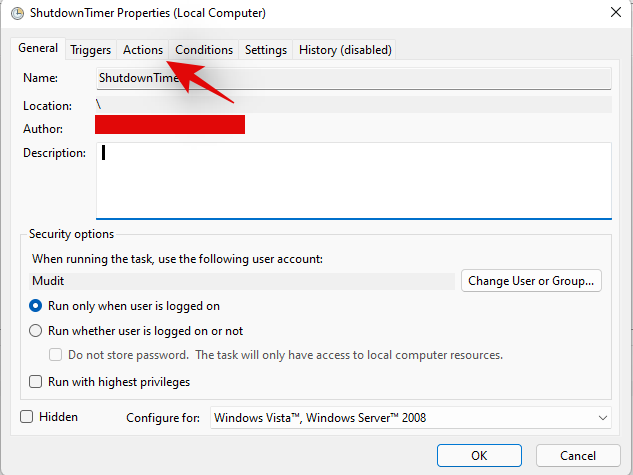
Click on ‘New’.
Enter the path for your program/file/script in the ‘Program/Script’ field.
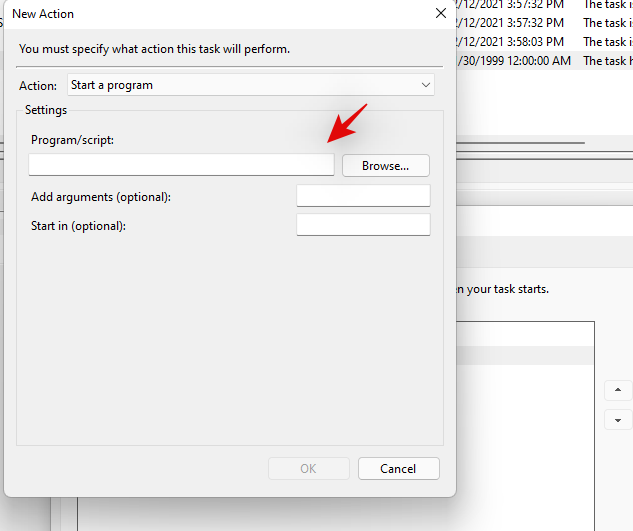
Click on ‘Ok’ once you are done.
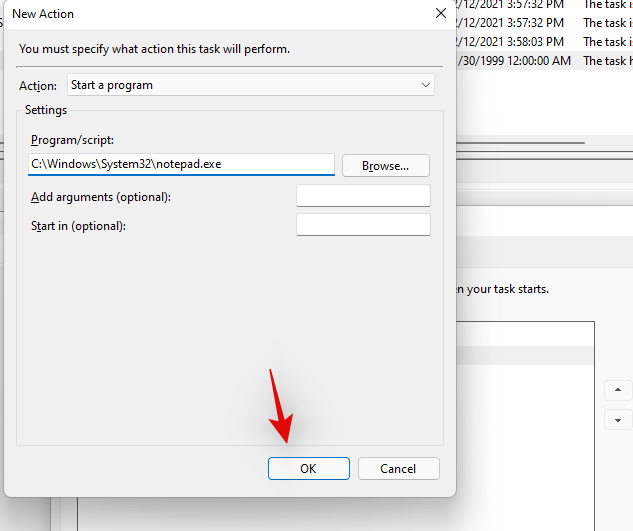
And that’s it! The selected program, file, or script will now be automatically triggered in the background with every scheduled shutdown timer on your PC.
FAQs
Is it safe to use a third-party app for auto shutdown?
We don’t recommend using a third-party app unless it has an exclusive feature that you can not get using the guides above. With 2022 looming on the horizon, apps have gotten smarter and cleverer when it comes to disguised practices and background data collection. You never know what is going on in the background especially if your PC is connected to the network whenever it is turned on. We also recommend opting for FOSS and freely hosted alternatives when choosing your third-party apps as they will have a more transparent program with the least likely chance of causing harm to your system.
Will my apps auto-restart when I power on my PC?
App auto restart or the autostart of apps will not be affected when scheduling shutdowns. If you have these features enabled on your PC then they will work as intended once you power it on after a scheduled shutdown.
Will Windows 11 save my work?
No, it is unlikely that your ongoing work will be saved in case you fail to do so. However, most apps like Office apps, Photoshop, browsers, and more come with in-built crash protection features that help save a last known state of your data which should help you recover most of your lost data in case this happens in the future.
We hope you were able to get familiar with shutdown timers in Windows 11 using the guide above. If you face any issues or have any more questions for us, feel free to reach out using the comments section below.
RELATED:







































